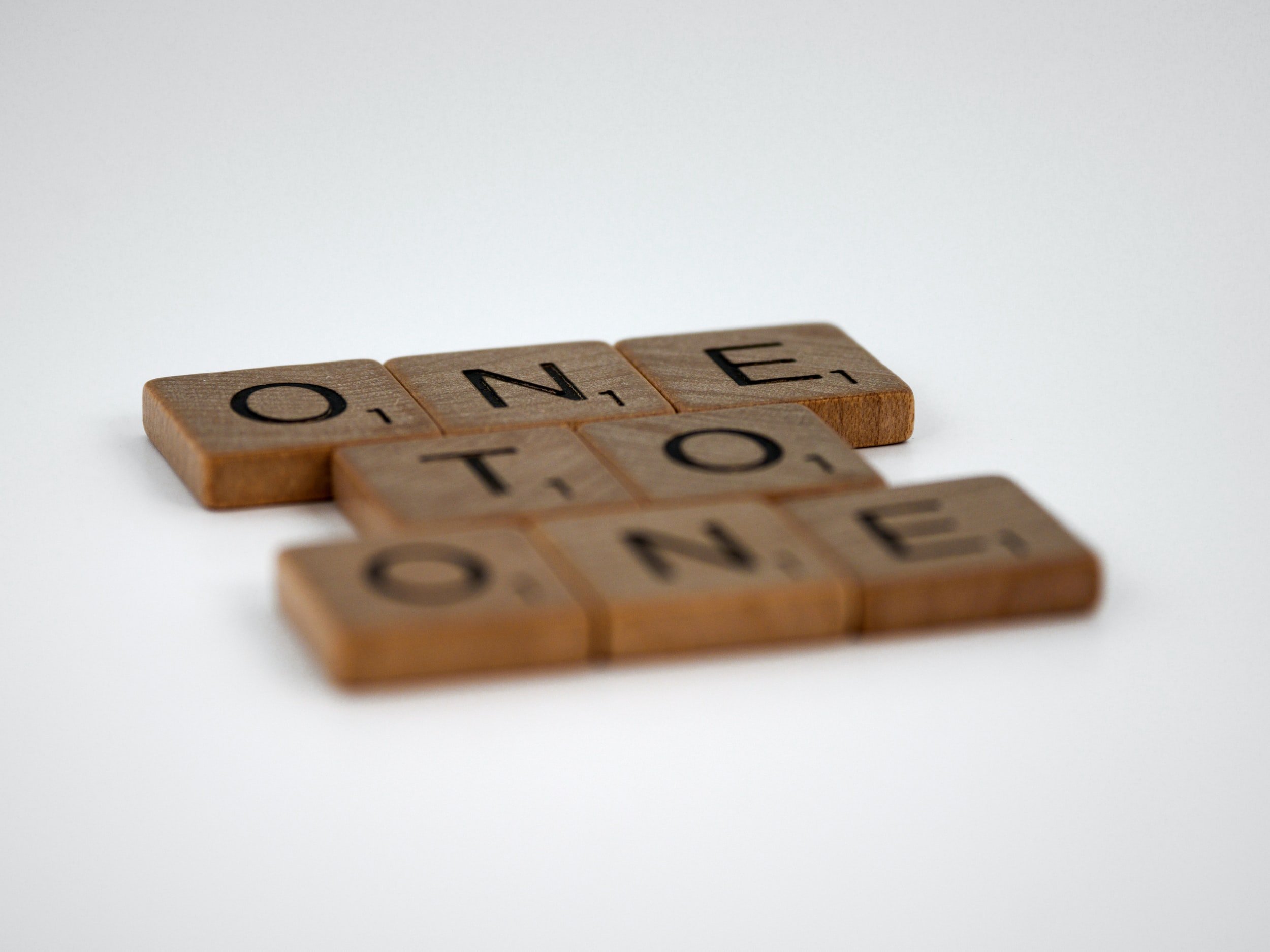How to Design a Donor-centric Reply Card That Works
A reply card is the donor’s chance to interact with you. Replying to you is their part of the conversation in direct mail fundraising. It should be enjoyable, rewarding, and easy for them!
A good way to provide your donors with a simple yet thorough interaction is to use a 7 x 8.5 reply form. Regardless of size, all donation response cards should contain the basics:
Your organization’s logo, address and website
Name and phone number of someone to call
Ways to make a gift (Check, credit card, by phone, website)
Donor or mailing ID numbers for ease of recording gifts received
Donor-Centric Response Card Features
Consider which of these other donor-centric features you should incorporate into your reply card to show that you know—and care about—your donors!
Please note—these samples show a wide variety of options as an example. You should pick which ones work best for your organization. Don’t try to include them all!:
1. Variable Affirmation Sentence
A variable affirmation sentence is a great way to add personalization. You can include variables like the board member who signs the letter, and different verbiage for first-time donors and continued donors (“renew my support” vs. “want to support”).
2. Last Gift Acknowledgement
A last gift acknowledgement with a thank you should include the amount and date of the donor’s previous gift. It shows you appreciate and remember their prior giving. You also set a giving benchmark for the donor to meet or exceed.
3. Variable Ask String
A variable ask string based on the donor’s giving history is proven to help match or upgrade their last gift. In fact, a person who is provided with choices is more likely to decide to donate.
4. Pre-populated Donor Information
Variable fields can conveniently populate the donor’s name, address, phone and email so that the donor doesn’t need to do it themself. Include enough space for them to make corrections or additions.
5. Monthly Giving Option
In addition to a one-time gift, offer an option to convert to sustained monthly giving. Monthly donors have the highest renewal rates.
6. Annual Giving Checkmarks
Annual Giving Checkmarks can be a great tool to help donors visualize their loyalty or notice gaps in their giving history.
“We’ve heard from donors who say “I can’t stand to see that empty check box. I have to fill it”.”
Associate Director of Development, Marketing, and Community Relations
Grace Cottage Family Health & Hospital
*Be cautious! While you differentiate between capital campaign fund and annual fund giving, your donors may not! Someone who gave to the capital campaign this year might be offended that their giving check box is blank—“But I sent them a check!” Make sure the title of this portion reflects the exact giving information you are referencing (Recent gifts to the Annual Fund). Or, add a checkbox for campaign and/or other types of giving.*
7. Tax-Deductible Statement
A tax-deductibility statement reminds the donor that their gift benefits the organization and themselves come tax time.
Other donation response card ideas:
Options for designating the gift to a specific area of need allow you to cater to the donor’s passions—like cancer care, early childhood development, etc.
Giving circle or society choices based on giving amounts can give the donor a feeling of exclusiveness and pride.
A list of suggested amounts and what these amounts accomplish help the donor better visualize the impact of their donation. They could help bump a donor up to a higher giving level.
Employer match information provides an easy way for the donor to double their impact.
Bequests or legacy gifts are important to highlight. While the gift may not be immediate, your loyal, long-term donors should be aware of giving by will options.
Offer your donors to gift in honor or memory of someone. This creates a personal and important connection between the donor and the organization.
Remember, your donation response card is an opportunity for the donor to communicate their needs and interests with you. The outcome of your design should be an informative yet user-friendly piece that compels the donor to join, protect, participate, and feel good.
Head over to our Reply Card Gallery to take a look at some samples which mix and match effective donor-centric elements. Once you’ve found inspiration, call us to see how we can help design a reply card that’s right for your organization!
Let Five Maples Design your Donation Response Card!
You have enough work to do in your direct mail fundraising—Five Maples can help you pick which donor reply card features will have the most impact for you and your donors, and create a response card that will get results!
Connect with your Five Maples Project Manager or Sarah Gnerre, CFRE, VP of Philanthropy, at 1-802-387-3091 or sarahg@fivemaples.com!


